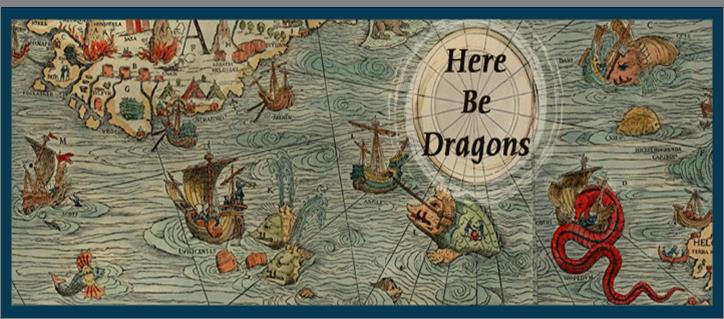
For the past few months, I’ve been interviewing content marketing executives at global enterprises about the challenges and opportunities they face when trying to scale up single-country or regional content marketing efforts to take them worldwide. (I’ve also been helping some brands build the strategies to make this happen.)
Here’s an advance look at some of my research findings. The full report publishes soon.
Five top global content strategy goals
When I asked global content strategy leaders what their top goals and responsibilities are, five clear themes emerged.
1. Creating a global content strategy While about half the organizations I interviewed said they have a global content strategy, the rest admit they don’t yet have that aspect of content marketing formalized. Some have domestic strategies or have worked out strategy on a country-by-country basis, but tying it all together is complex — from strategic and logistical standpoints, as well as from the perspective of convincing diverse stakeholders, groups and regions to get on the same page. If 70 percent of organizations in the US don’t yet have a documented content strategy domestically (according to numerous research studies, including my own), looping in over 93 nations is geometrically more complicated.
2. Evangelizing and socializing content strategy (and content, period) As one executive I interviewed put it, “A content strategy is just a piece of paper. The really difficult part is implementation.” “Evangelism” is a term I heard over and over. Convincing senior management to allocate budget. Determining who spearheads initiatives. Making certain numerous voices are heard, but that overarching rules and guidelines are enforced. Developing training programs, perhaps establishing a Center of Excellence. Small wonder that when asked what their principal duties as global content leaders are, “change management” was the most-cited term.
3. People Content can’t happen without people, one of the three lynchpins of enabling a strategy (the other two, process and technology, follow). A global content strategy requires buy-in from senior leadership. It also requires content leaders, often in central command roles, as well as regional leaders who can help oversee efforts on the ground in, say, Europe, Asia or Latin America. People in lines of business other than marketing have to be involved in content initiatives, too. IT is one obvious area; so, too, is legal. But the really good content leaders know looping in divisions where stories and customer-facing issues lie is also critical. This means establishing relationships with customer service, product groups and internal thought leaders, not to mention sales divisions and often even HR and recruiting. Content strategy relies on strong relationships, consensus building and the ability to tap into diverse skill sets.
4. Process The components that enable and streamline a global content strategy are, by definition, more complex than what keeps a single-country content strategy chugging along. As a content leader in Scandinavia puts it, “Process and governance are where it gets complicated and expensive. But leave these out and quality is the first casualty.” Overwhelmingly, I’m finding process is driven top-down. Most organizations have a central, overarching content strategy or, failing a formal strategy, governance on levels such as brand and/or legal. But at the same time, process must also be driven bottom up, with countries and regions given enough leeway to develop their own initiatives, and also granted sufficient resources to allow that to happen. Establishing process also means developing training. Nearly every organization I interviewed has initiated formal training, ranging from mandatory courses in topics such as Digital 101 to highly specialized modules on discrete disciplines. Finally, process encompasses metrics and KPIs, broken out for global, as well as regional and local initiatives.
5. Technology Clearly, no digital marketing initiative occurs without technology, global content marketing being no exception. Technology’s role is to enable, centralize, streamline and optimize. The number one need I heard in my interviews (as well as from companies I’ve worked with in this capacity) is centralized assets — a digital asset repository where creative elements can be easily stored, accessed and retrieved. Not only does this require the usual tool assessments, but also carefully designed taxonomies and tagging that will work across languages and cultures. Shared assets are just part of the call from collaboration tools. Unilever has saved millions of dollars worldwide by enabling shared assets and collaboration, so multiple agencies and internal stakeholders can drink from the same well, so to speak. Knowledge sharing is another important role of technology, as well as the ability to share work and results. Nestlé has built out an extensive internal social network for content creators for exactly that reason. Finally, while it’s important to assess tools for global accessibility and fluency in multiple languages and alphabets, it’s essential to understand there will be exceptions in regions like China, where firewalls create a need for separate systems.
Final thoughts
As I finalize this research, I look forward to sharing more findings.
In the meantime, if you’re conducting content marketing on a global scale, please share your successes and challenges with me.
